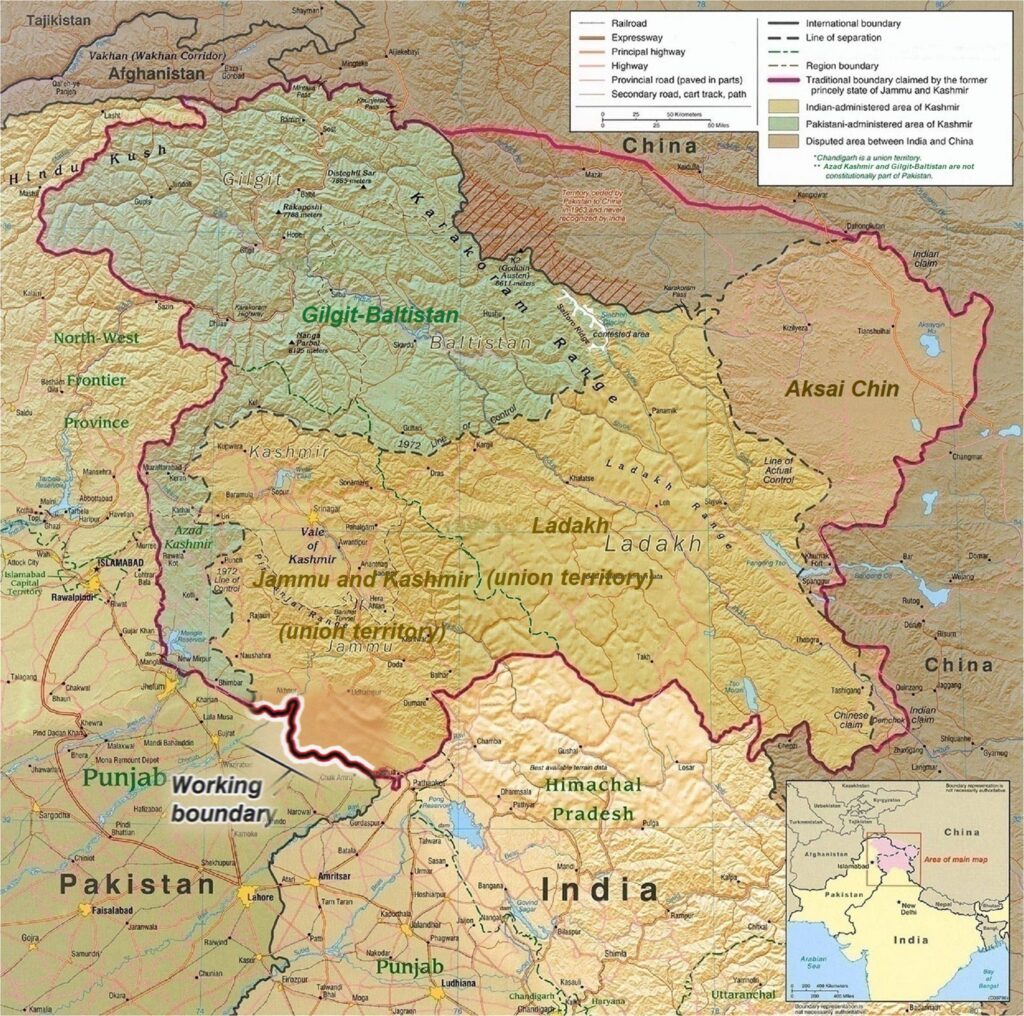Cross-Border Virtual Classrooms
In recent years, the educational landscape in Pakistan has undergone significant transformations, particularly with the advent of technology and the necessity for innovative teaching methods. The concept of cross-border virtual classrooms has emerged as a promising solution to bridge educational gaps, foster collaboration, and enhance learning experiences among students from different countries, particularly India and Pakistan. This article delves into the various aspects of crossborder virtual classrooms in Pakistan, exploring their significance, challenges, and future prospects.
The Evolution of Education in Pakistan
Historical Context
Education in Pakistan has faced numerous challenges since its inception in 1947. The country has grappled with issues such as inadequate infrastructure, lack of resources, and socio-economic disparities. Traditional classrooms, especially in rural areas, have been hindered by large class sizes and limited access to quality teaching materials
1. However, the rise of technology has opened new avenues for educational reform.
The Impact of COVID-19
The COVID-19 pandemic acted as a catalyst for the adoption of online education in Pakistan. With schools and universities forced to close, educators and students turned to virtual platforms for continuity in learning. This shift highlighted the potential of online education to reach students in remote areas and those who previously had limited access to quality education.
Understanding Cross-Border Virtual Classrooms
Definition and Concept
Crossborder virtual classrooms refer to online learning environments where students from different countries participate in shared educational experiences. These classrooms leverage technology to facilitate real-time interaction, collaborative projects, and joint learning initiatives, breaking down geographical barriers.
Significance in Pakistan
- Cultural Exchange: Cross-border virtual classrooms promote cultural understanding and exchange between students from Pakistan and neighboring countries, particularly India. This interaction fosters empathy and reduces stereotypes, contributing to peacebuilding efforts.
- Access to Quality Education: Students in Pakistan, especially those in rural areas, often face challenges in accessing quality education. Virtual classrooms can connect them with experienced educators and diverse curricula from other countries, enhancing their learning opportunities.
- Collaborative Learning: These classrooms encourage collaborative projects that allow students to work together on common goals, enhancing their teamwork and communication skills.

Challenges of Implementing Cross-Border Virtual Classrooms
Technological Barriers
Despite the potential benefits, several challenges hinder the effective implementation of crossborder virtual classrooms in Pakistan:
- Internet Connectivity: Many regions in Pakistan still struggle with unreliable internet access, which can disrupt online learning experiences.
- Digital Literacy: A significant portion of the population lacks the necessary digital skills to navigate online learning platforms effectively. This gap can lead to unequal participation in virtual classrooms.
Socio-Economic Factors
Socio-economic disparities play a crucial role in the accessibility of virtual education. Students from lower-income families may not have access to the necessary devices or a conducive learning environment at home, limiting their ability to participate in cross-border classrooms.
Political Tensions
The historical and ongoing political tensions between India and Pakistan can pose challenges to cross-border educational initiatives. Concerns about security and political sensitivities may deter institutions from collaborating across borders.
Successful Models of Cross-Border Virtual Classrooms
Case Studies
- Collaborative Programs: Several educational institutions in Pakistan and India have initiated collaborative programs that allow students to engage in joint projects. For instance, universities have developed online courses that include students from both countries, focusing on shared subjects like environmental science and cultural studies.
- Cultural Exchange Initiatives: Programs that facilitate cultural exchange through virtual classrooms have been successful in promoting understanding and cooperation. These initiatives often include joint workshops, guest lectures, and collaborative research projects.
The Role of Technology in Enhancing Virtual Classrooms
E-Learning Platforms
The rise of e-learning platforms has revolutionized the way education is delivered in Pakistan. Platforms like Allama Iqbal Open University (AIOU) have pioneered distance learning, offering a range of courses through virtual classrooms. These platforms provide essential tools for cross-border collaboration, including video conferencing, discussion forums, and shared resources.
Interactive Learning Tools
Interactive tools such as quizzes, polls, and breakout rooms enhance student engagement in virtual classrooms. These tools allow for real-time feedback and foster a more dynamic learning environment, encouraging active participation from students.
Future Prospects of Cross-Border Virtual Classrooms in Pakistan
Policy Recommendations
To maximize the potential of crossborder virtual classrooms, several policy recommendations can be made:
- Investment in Infrastructure: The government should prioritize investments in internet infrastructure, particularly in rural areas, to ensure reliable access to online education.
- Digital Literacy Programs: Implementing digital literacy programs in schools can equip students with the necessary skills to navigate online learning platforms effectively.
- Promoting Collaborative Initiatives: Educational institutions should be encouraged to develop cross-border partnerships that facilitate joint learning experiences and cultural exchange.
The Role of NGOs and Private Sector
Non-governmental organizations (NGOs) and the private sector can play a crucial role in supporting crossborder virtual classrooms. By providing resources, training, and technological support, these entities can help bridge the gaps in education and promote collaborative learning.
FAQs
1. What are cross-border virtual classrooms?
Cross-border virtual classrooms are online learning environments where students from different countries participate in shared educational experiences, leveraging technology to facilitate interaction and collaboration.
2. How do crossborder virtual classrooms benefit students in Pakistan?
They provide access to quality education, promote cultural exchange, and enhance collaborative learning opportunities, particularly for students in remote areas.
3. What challenges do cross-border virtual classrooms face in Pakistan?
Challenges include technological barriers such as unreliable internet access, socio-economic disparities, and political tensions between countries.
4. How has COVID-19 impacted education in Pakistan?
The pandemic accelerated the adoption of online education, highlighting the potential of technology to reach students in remote areas and maintain continuity in learning.
5. What role does technology play in crossborder virtual classrooms?
Technology facilitates communication, collaboration, and access to resources, enhancing the overall learning experience for students.
6. Are there successful examples of cross-border virtual classrooms in Pakistan?
Yes, several educational institutions have initiated collaborative programs that allow students from Pakistan and India to engage in joint projects and cultural exchange initiatives.
7. What can be done to improve crossborder virtual classrooms in Pakistan?
Investments in infrastructure, digital literacy programs, and promoting collaborative initiatives among educational institutions can enhance the effectiveness of crossborder virtual classrooms.
Conclusion
Cross-border virtual classrooms represent a significant opportunity for educational reform in Pakistan. By leveraging technology to foster collaboration and cultural exchange, these classrooms can help bridge educational gaps and promote understanding between nations. While challenges remain, the potential benefits of cross-border classrooms are immense, paving the way for a more inclusive and interconnected educational landscape in Pakistan and beyond.
